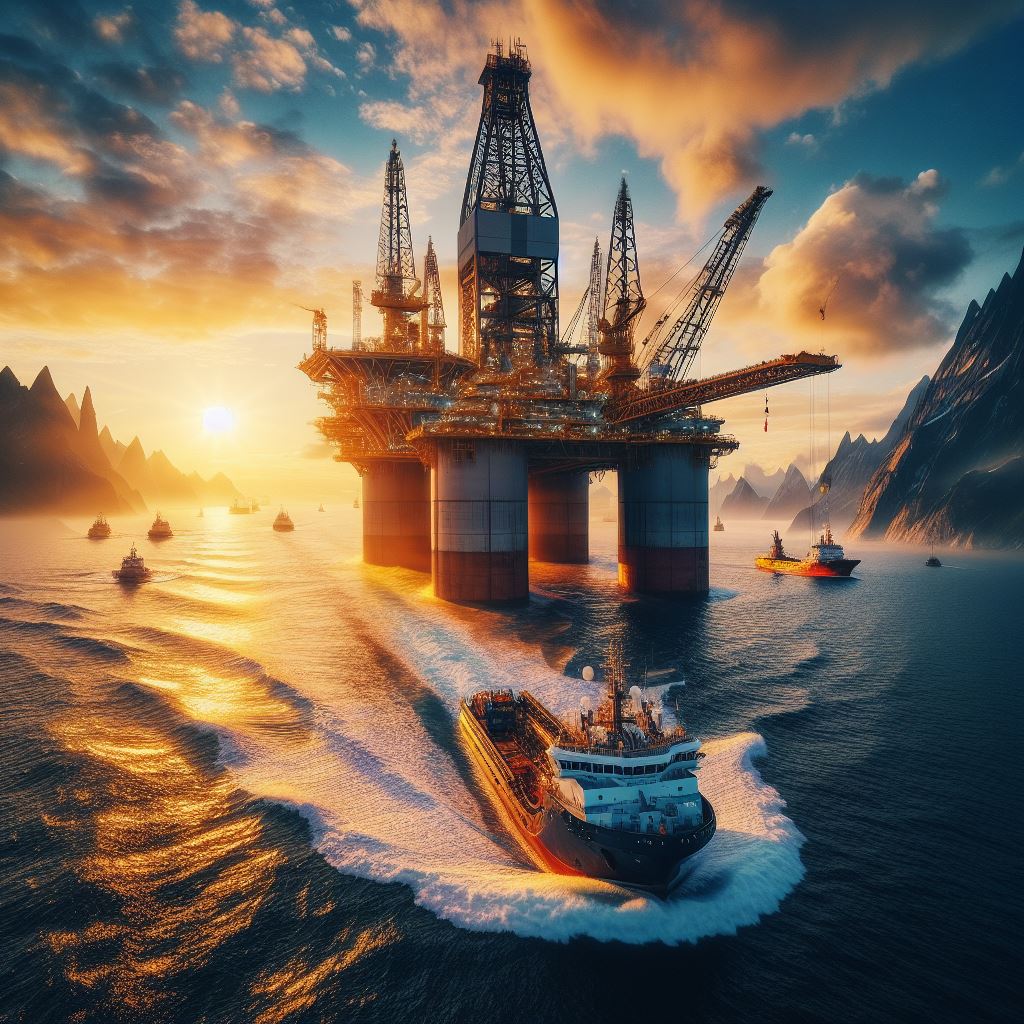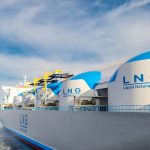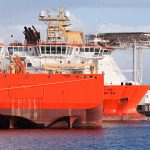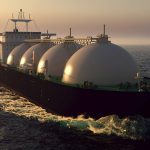

Offshore Charter Market: Essential Vessels for Oil and Gas Operations
The offshore oil and gas industry is a complex and dynamic sector that relies heavily on specialized vessels to facilitate its operations. From exploration to production and processing, each phase of extracting oil and gas from beneath the seabed requires a unique set of vessels equipped with specialized technology. In this comprehensive guide, we delve into the various vessel types required at each phase of offshore oil and gas operations, their specific roles, and the specialized equipment they employ.
Additionally, we provide insightful tips on chartering for the offshore vessel market, an essential aspect for industry stakeholders. Platforms like Chartership.com provide a gateway to a wide range of vessels tailored for specific offshore needs, simplifying the process of finding the right vessel for each phase of oil and gas operations.
The Phases of Offshore Oil and Gas Operations
Exploration Phase
- Seismic Survey Vessels: The first step in offshore exploration involves seismic survey vessels. These ships use advanced geophysical technology to create detailed maps of the seabed and underlying geology, looking for potential oil and gas reserves. They employ seismic air guns to emit sound waves and hydrophones to capture their echoes, interpreting these reflections to map subsurface formations.
- Drillships and Semi-Submersible Rigs: After identifying potential reserves, the development phase begins. Drillships, capable of floating and moving to different locations, are used for drilling exploratory wells. Semi-submersible rigs, offering greater stability, are preferred in rougher sea conditions. These vessels are equipped with advanced drilling technology to penetrate the seabed and start the extraction process.
Development Phase
- Accommodation Vessels: During the extensive development phase, accommodation vessels provide a home away from home for the workforce. These floating hotels are equipped with living quarters, catering facilities, and recreational amenities, ensuring the comfort and safety of the crew.
- Anchor Handling Tug Supply (AHTS) Vessels: AHTS vessels are pivotal for moving and anchoring rigs at the drilling site. Equipped with heavy-duty winches and decks, they manage the complex task of deploying anchors and handling mooring lines, ensuring the rig’s stability during drilling operations.
- Platform Supply Vessels (PSVs): The unsung heroes of offshore operations, PSVs ensure a steady supply of equipment, materials, and essentials to the offshore platforms and rigs. They are designed to carry a wide range of cargo, from drilling equipment to food supplies.
Production Phase
- Floating Production, Storage, and Offloading (FPSO) Units: Once the extraction begins, FPSOs come into play. These vessels are capable of processing the extracted oil and gas on-site and storing it until it can be offloaded to tankers or piped to shore. They are self-sufficient units that reduce the need for extensive pipeline infrastructure.
- Floating Storage and Offloading (FSO) Vessels: Similar to FPSOs but without the processing capabilities, FSOs are used solely for storing oil and gas. They are anchored at strategic locations, serving as temporary storage facilities until the resources can be transported to shore.
- Offshore Supply Vessels (OSVs): OSVs provide critical logistical support, transporting supplies, equipment, and personnel to and from offshore installations. They are the lifeline of offshore operations, ensuring continuous operational efficiency.
Maintenance and Support
- Diving Support Vessels (DSVs): For subsea construction, maintenance, and repair, DSVs are equipped with diving systems and remotely operated vehicles (ROVs). These specialized vessels support complex underwater tasks, including pipeline installation, inspection, and repair.
- Platform Supply Vessels (PSVs): PSVs play a crucial role in transporting essential goods and materials to offshore platforms. Their design allows for the efficient movement of cargo, including fuel, drilling fluids, and equipment.
Decommissioning Phase
- Heavy Lift Vessels: At the end of an offshore field’s life, heavy lift vessels are employed for decommissioning. These ships are designed to remove large offshore structures, such as platforms and support structures, often in a single lift operation.
Advanced Technologies in Offshore Vessels
The offshore vessel market is continuously evolving, with technological advancements playing a significant role. Key technologies include:
- Dynamic Positioning Systems: Essential for maintaining a vessel’s position without anchoring, crucial for operations in deep waters.
- Remote Operated Vehicles (ROVs): Used for a variety of underwater tasks, including inspection, maintenance, and repair.
- Advanced Safety Systems: Critical in ensuring the safety of crew and environmental protection.
- Green Technologies: Focus on sustainability, with innovations aimed at reducing emissions and environmental impact
Market Dynamics and Trends in Offshore Chartering
The offshore charter market is influenced by various factors:
- Global Market Overview: The demand for offshore vessels is closely tied to the global oil and gas market, with fluctuations impacting charter rates and vessel availability.
- Impact of Oil Prices: Changes in oil prices can significantly affect exploration and production activities, subsequently influencing the demand for offshore vessels.
- Technological Innovations: Advances in technology not only enhance vessel capabilities but also influence market trends and vessel demand.
- Environmental Regulations: Stricter environmental laws are pushing the industry towards more eco-friendly vessel designs and operations.
Tips on Chartering for the Offshore Vessel Market
Chartering vessels for offshore operations requires careful consideration:
- Understanding Vessel Capabilities: It’s crucial to match the vessel type with the specific requirements of your project.
- Evaluating Charter Costs: Consider all factors influencing charter rates, including market conditions, vessel specifications, and operational capabilities.
- Contract Negotiations: Focus on clearly defining the terms, duration, and liabilities in charter contracts.
- Risk Management: Develop strategies to mitigate risks associated with offshore vessel operations, including environmental, operational, and financial risks.
In conclusion, the offshore charter market is pivotal in maintaining the flow of oil and gas from beneath the seabed. With platforms like Chartership.com, accessing the right vessels for each phase of operations is streamlined, ensuring efficient and effective offshore activities.
Related posts


LNG Tanker Valuation: What Influences the Sale Price?

Buy and Sell Offshore Vessels






